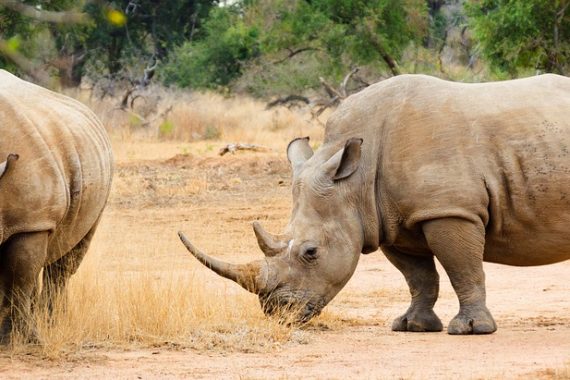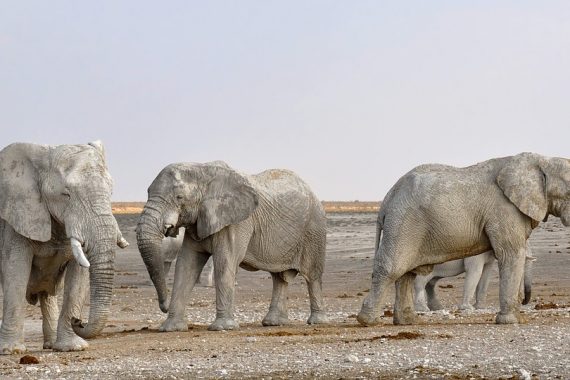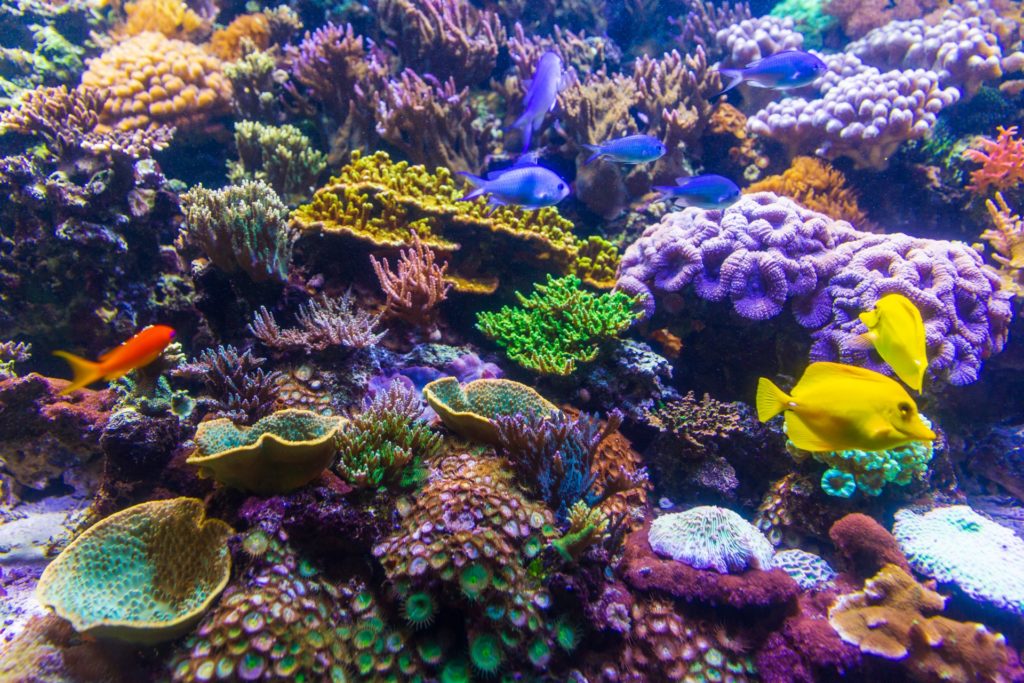
Here we go! After two years we finally dug deep to research and present this podcast on corals. Corals are a critical animal in our World’s oceans. They have been described as the ocean’s rainforests. They also are degrading quickly and absolutely need our help and understanding. We hope you enjoy this episode and really evaluate how YOU can help corals from around the world.
Coral History
Coral is one of the most ancient organisms we have covered in this podcast. Only jellyfish are thought to be older, out of all the species we have covered to date. The first evidence of any type of coral dates back to about 540 million years ago, with coral fossils being discovered in Scotland and China. Since, corals have gone through many periods of growth and then retraction. Today’s modern corals emerged many millions of years ago. During the Miocene (10-20 MYA) today’s species of coral began to emerge and then flourish roughly 5 MYA.
Corals belong to the Kingdom Animalia and thus are animals. They belong to the Phylum Cnidaria, which consists of over 11,000 aquatic organisms to include sea fans, sponges, jellyfish and many others. There are many orders of corals and in this episode we focused on:
- Alconacea (soft corals)- over 800 species
- Scleractinia (true stony corals)- over 3000 species
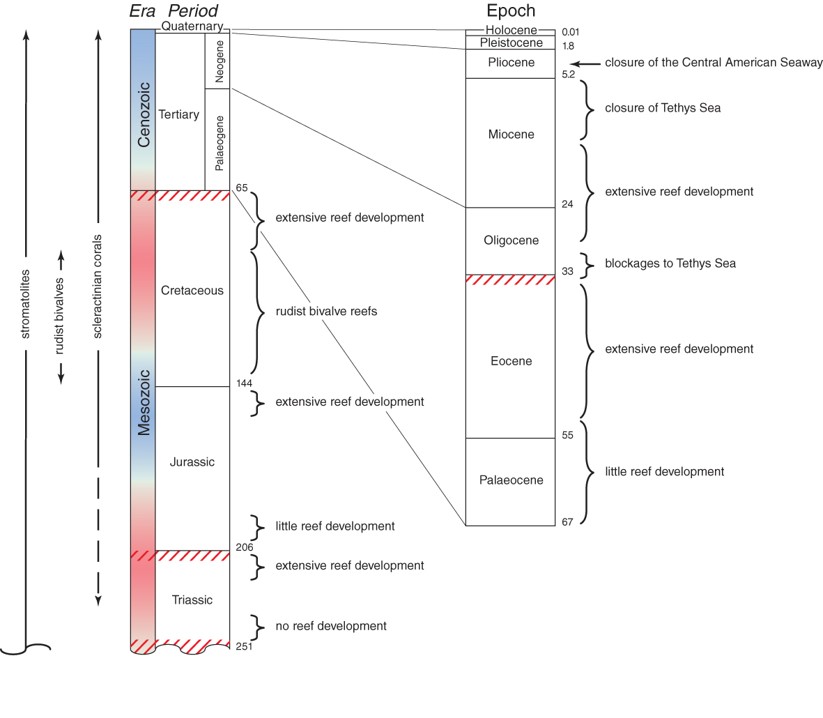
Coral Physiology
The life cycle of a coral is similar to other aquatic organisms. One scientists claim corals can live to 4000 years, with others claiming 2 to 70 years. There is still much debate of how long the animal lives but the hard limestone reefs they build can last for tens of thousands of years. It is estimated the Great Barrier Reef is over 20,000 years old.

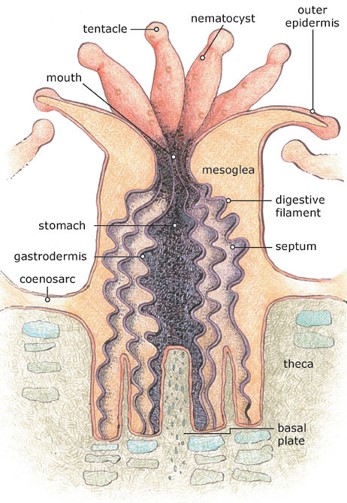
Facts about the polyp includes:
- The base of the polyp secretes the stony material from which the coral skeleton is formed.
- Like a jellyfish its soft body parts sandwiched between two layers of epidermis
- Oral disc with tentacles to help get food and feed into its mouth and down into the gastro cavity (aka stomach)
- Although corals also don’t have a centralized nervous system, they use neurons to help them process sensory information. Like Jellyfish, Corals also contain a nerve cells in a net.
- In both stony and soft corals, the polyps can be retracted by contracting muscle fibers, with stony corals relying on their hard skeleton and cnidocytes for defense.
- Polyps extend their tentacles, particularly at night, often containing coiled stinging cells (cnidocytes) which pierce, poison and firmly hold living prey paralyzing or killing them. Polyp prey includes plankton such as copepods and fish larvae. Longitudinal muscular fibers formed from the cells of the ectoderm allow tentacles to contract to convey the food to the mouth.
- Most corals contain algae called zooxanthellae(pronounced zo-UH-zan-thuh-lay), which are plant-like organisms. Residing within the coral’s tissues, the microscopic algae are well protected and make use of the coral’s metabolic waste products for photosynthesis, the process by which plants make their own food.
Videos
Conservation
Many of our coral reefs are heading towards extinction. Global Climate Change is the #1 killer of oceanic reefs due to rising sea temperatures and coral bleaching. We ALL need to do our part to reduce our carbon emissions. You can calculate your carbon footprint HERE
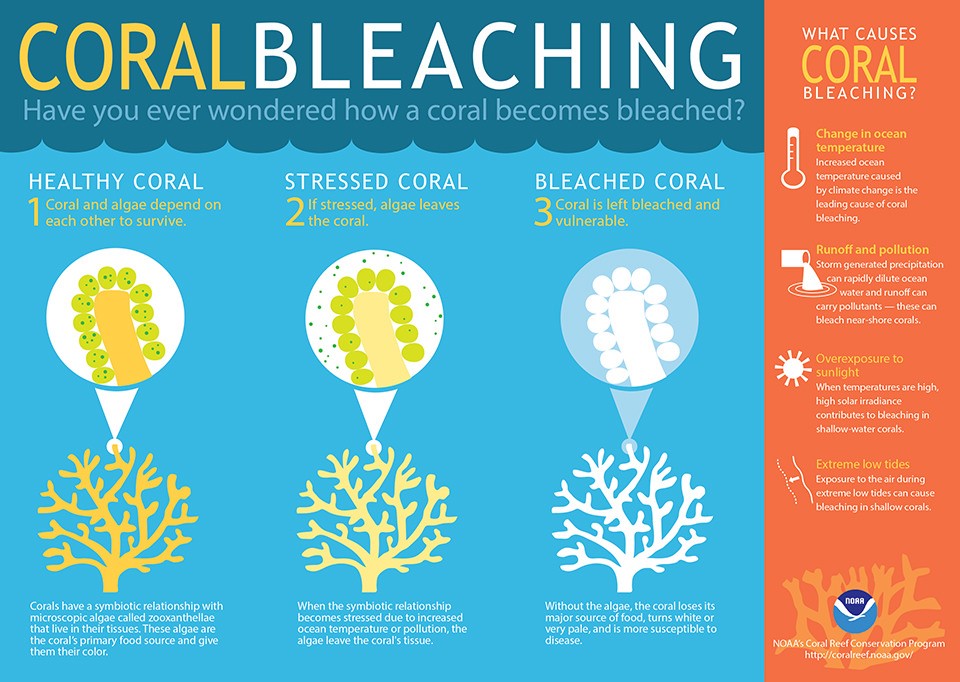
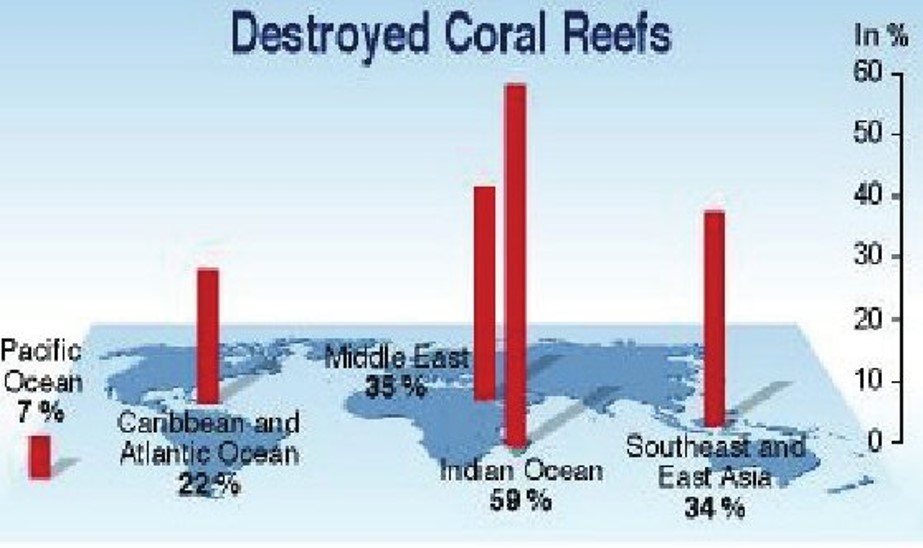
Organization

